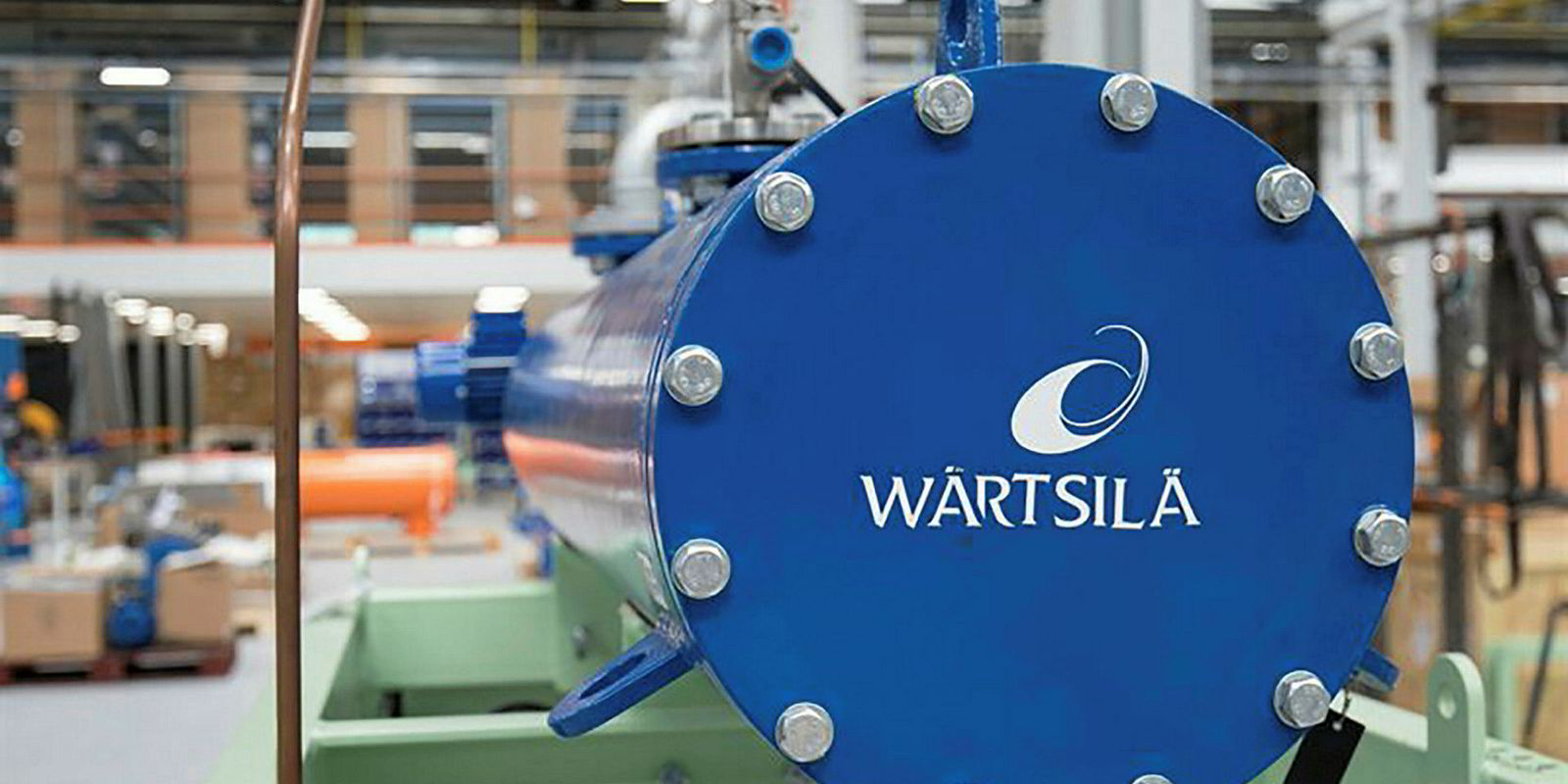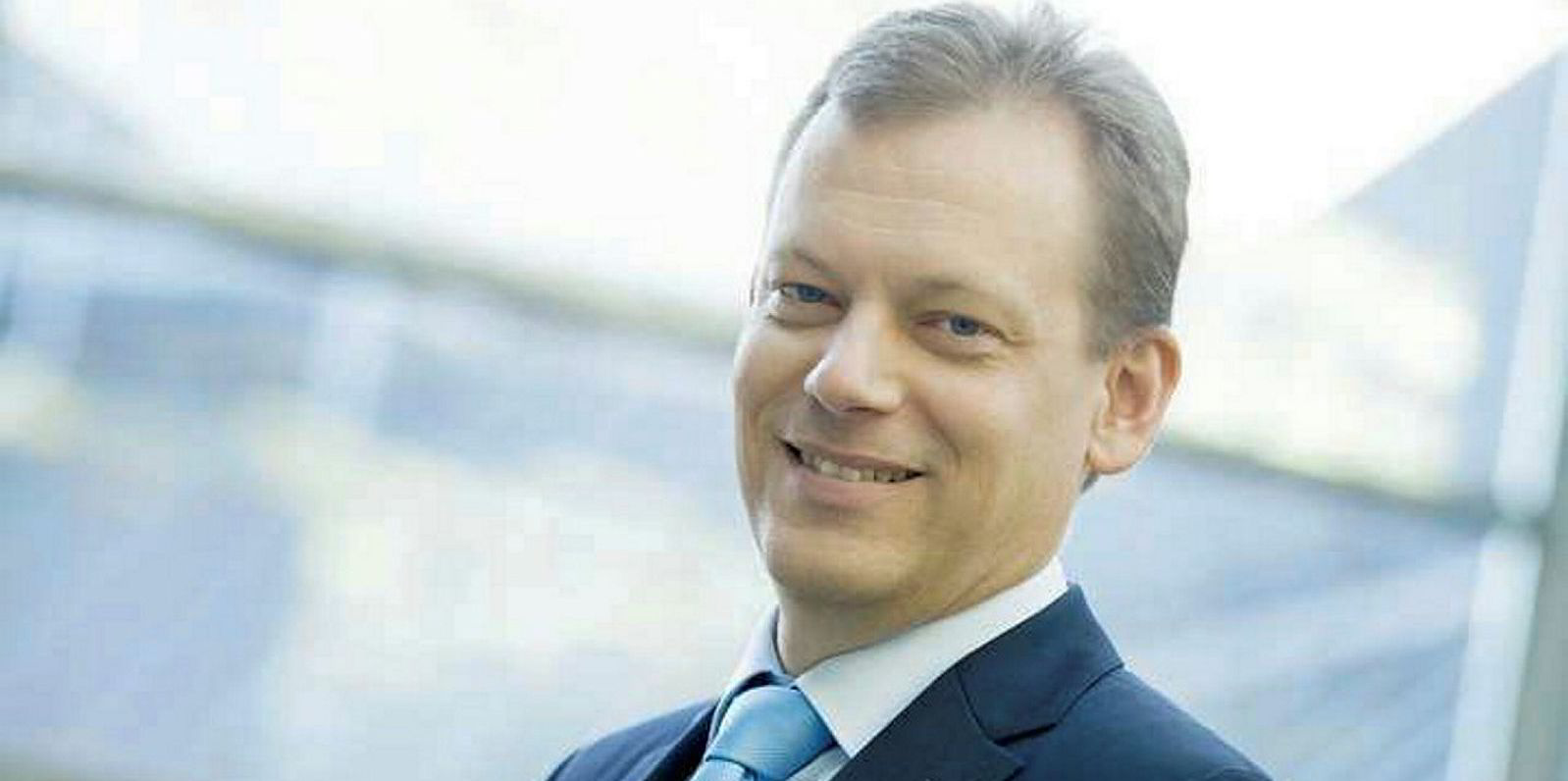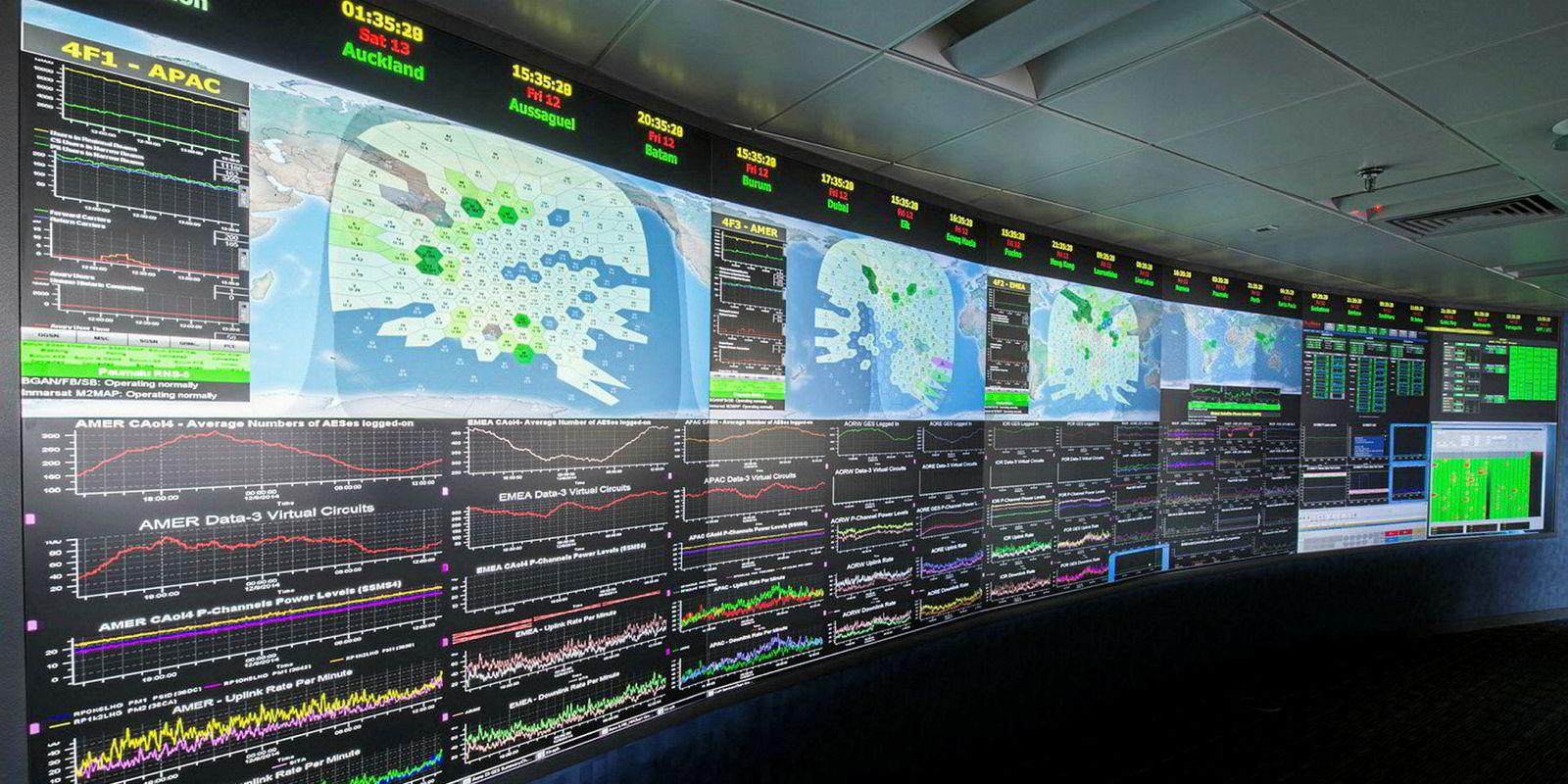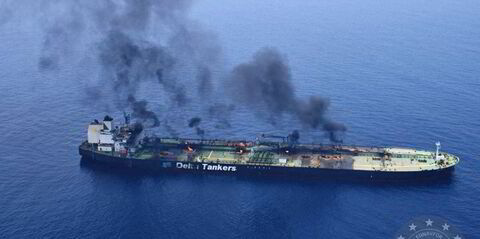Regulations and geopolitical tension will drive demand for marine equipment and technology in the coming year, according to Wartsila Marine Solutions president Roger Holm.
The IMO’s bunker rules will require vessels to consume fuels with 0.5% sulphur content from 2020 unless they are installed with scrubbers or are fuelled by LNG. The Ballast Water Management Convention will also demand that shipowners install treatment systems in the five years from this coming September.
While the shipping industry has been focused on the new bunker rules, Holm warns that delayed installation of the treatment systems might lead to undesirable results.

Bottlenecks and higher prices
“Late investments in ballast water management systems could lead to bottlenecks and higher prices when industry players are forced to comply with the ballast water regulation’s final deadline in 2024,” Holm tells TradeWinds.
Holm, who leads the marine, oil and gas division for the Finnish equipment maker and technology provider, also points out that another demand driver could be the geopolitical tension building up in Asia, Europe and the Americas over the past two years.
The US has launched a trade war with China and reimposed secondary sanctions on Iran, while Europe-Russia relations are strained by conflicts in Ukraine. In South America, Venezuela is facing a worsening social-economical crisis.
“The flow of energy resources from producer to consumer is affected by sanctions to trade deals via price increases,” Holm says.
What vessel operators need is marine products and technologies that can help optimise sailing speed and eliminate port congestion and unnecessary waiting times to reduce fuel consumption and greenhouse gas emissions, according to Holm.
Working together
Looking further ahead, Holm has called on the shipping industry to work together via marine technologies including Big Data to meet the IMO’s emissions target in 2050.
It is only by working together — shipowners, manufacturers and regulators — and by addressing challenges together, with the help of new digital solutions, that we will reach the far more ambitious IMO 2050 targets
Roger Holm
To ensure that shipping can contribute to the Paris Agreement on climate change, member states of the IMO have agreed to reduce carbon intensity in maritime transport by at least 40% from the 2008 level by 2030, while setting a reduction target of 70% by 2050.
Total annual greenhouse gas emissions should be cut by at least 50% from the 2008 level by 2050 in absolute terms, based on the IMO target.
“Connectivity implies cooperation, integration and data sharing, and requires acceptance and standardisation — this means active collaboration right across the marine sector,” says Holm, sharing his vision of a solution for the 2050 goal.
“It is only by working together — shipowners, manufacturers and regulators — and by addressing challenges together, with the help of new digital solutions, that we will reach the far more ambitious IMO 2050 targets.”





